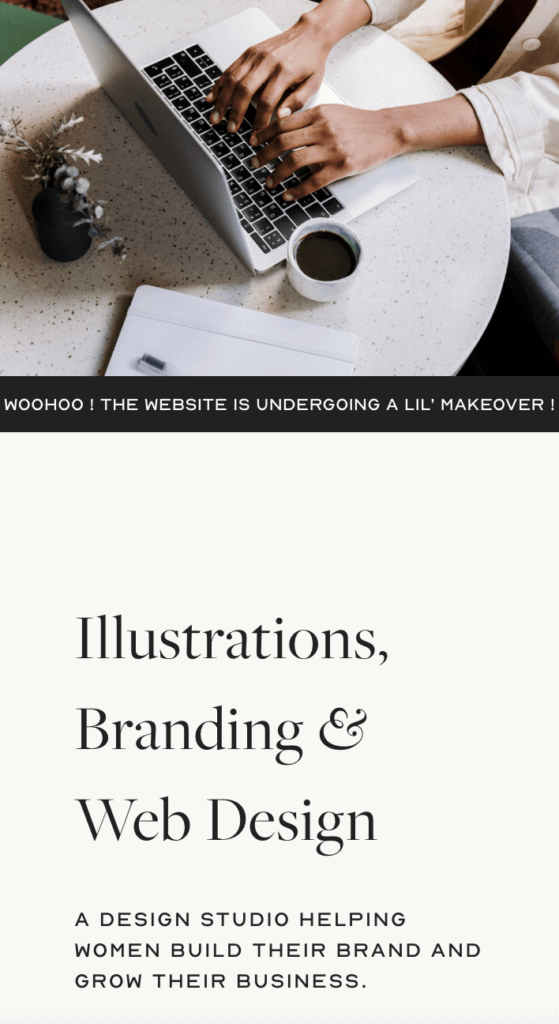We all know the first impression can indeed be a lasting one. Same goes for your packaging, it’s like the front door to your brand’s experience. And contrary to what you might think, achieving beautiful custom packaging that is affordable is totally doable. So, here are some budget-friendly packaging trends that you as a small business can adapt to make a big impact.
DIY and Customization
Who says you need to outsource everything? There’s something inherently personal and charming about DIY packaging. Whether it’s hand-stamping your logo, or adding personalized thank-you notes, these small touches can make a big impact without costing a fortune. It shows that there’s a human touch behind the brand, creating a connection with your customers.
Custom Packaging Sleeves
So, recently I’ve come across custom packaging sleeves – they’re sort of like a neat little jacket for your product. If you’re tired of using custom tape to elevate your packaging, go for custom sleeves. Not only are they cost-effective, but they also offer a canvas for your brand’s story, aesthetics, and values. Imagine slipping a beautifully designed sleeve over a plain box. Instantly, you’ve elevated your packaging without the need for expensive custom boxes. Plus, you can change designs with ease, keeping your packaging fresh and seasonal without breaking the bank.
Stickers and Labels
You can never go wrong with a good set of beautifully designed stickers and labels. They’re versatile, affordable, and can be applied to just about anything. Think of a simple kraft paper wrapped package, sealed with a custom sticker that bears your logo – it’s minimal, eco-friendly, and most importantly, budget-friendly. You can also use stickers inside the package or on the product itself as a way to extend the unboxing experience. The key here is to invest in quality design and printing, so your stickers don’t just look good, but also last.
Go eco-friendly!
Going eco-friendly with your packaging isn’t just a trend; it’s a movement. And the best part? It can actually save you money. Materials like recycled paper, biodegradable plastics, and plant-based inks often cost less than their non-eco counterparts in the long run, due to their growing availability and demand. Plus, eco-friendly packaging resonates well with consumers, potentially boosting your brand’s image and appeal. Reusable bags, containers, or even fabric wraps can serve as a constant reminder of your brand in your customers’ daily lives.
Use QR Codes

QR codes can add a sophisticated ~virtual~ layer to your physical packaging without adding much to the cost. A simple QR code can direct your customers to your website, social media, or special offers. I remember buying a soap from The Soap Works and I absolutely fell in love with their packaging – they sell unwrapped, yes unwrapped soap bars, and have a sticker that has their barcode on the soap bars. Best part – their stickers are made of recyclable paper with vegetable-based ink. Like how cool is that? You can apply the same concept but with QR codes. Not only are you saving a lot of money by skipping the extra need of printing other stuff, you’re minimising your carbon footprint AND you can update the info on that QR code whenever you need to.
Work with a Packaging Designer
Bringing a custom packaging designer into the fold can open your eyes to cost-effective solutions that you might never have stumbled upon on your own.
So, here’s the scoop: I once had the pleasure of working with The Tea Collective, a charming brand on the verge of launching four different gift boxes each with at least 6 unique collections. They had this vision of crafting a sophisticated unboxing experience for their customers – you know, the kind that makes you go “Wow” before you’ve even seen the product. But, there was a catch: achieving this level of sophistication seemed to demand a pretty penny, especially since they wanted each gift collection to boast a unique design, both inside and out of their mailer boxes.

I collaborated closely with their packaging supplier to brainstorm cost-effective solutions that maintained that high-end feel without the high-end price tag. The breakthrough? Designing versatile labels for the different gift collections that could be applied to a standard mailer box used across all collections. You can view the full project here. This approach not only slashed costs but also kept the brand’s elegance intact. As their journey evolved, they transitioned from sticker labels to custom packaging sleeves – still an affordable option compared to fully printing each box with a unique design.
Sophisticated packaging don’t have to break your wallet.
So, if you’re sitting there, thinking about how to elevate your product’s first impression without draining your resources, let’s chat. I’d love to make your packaging dream a budget-friendly reality.


















